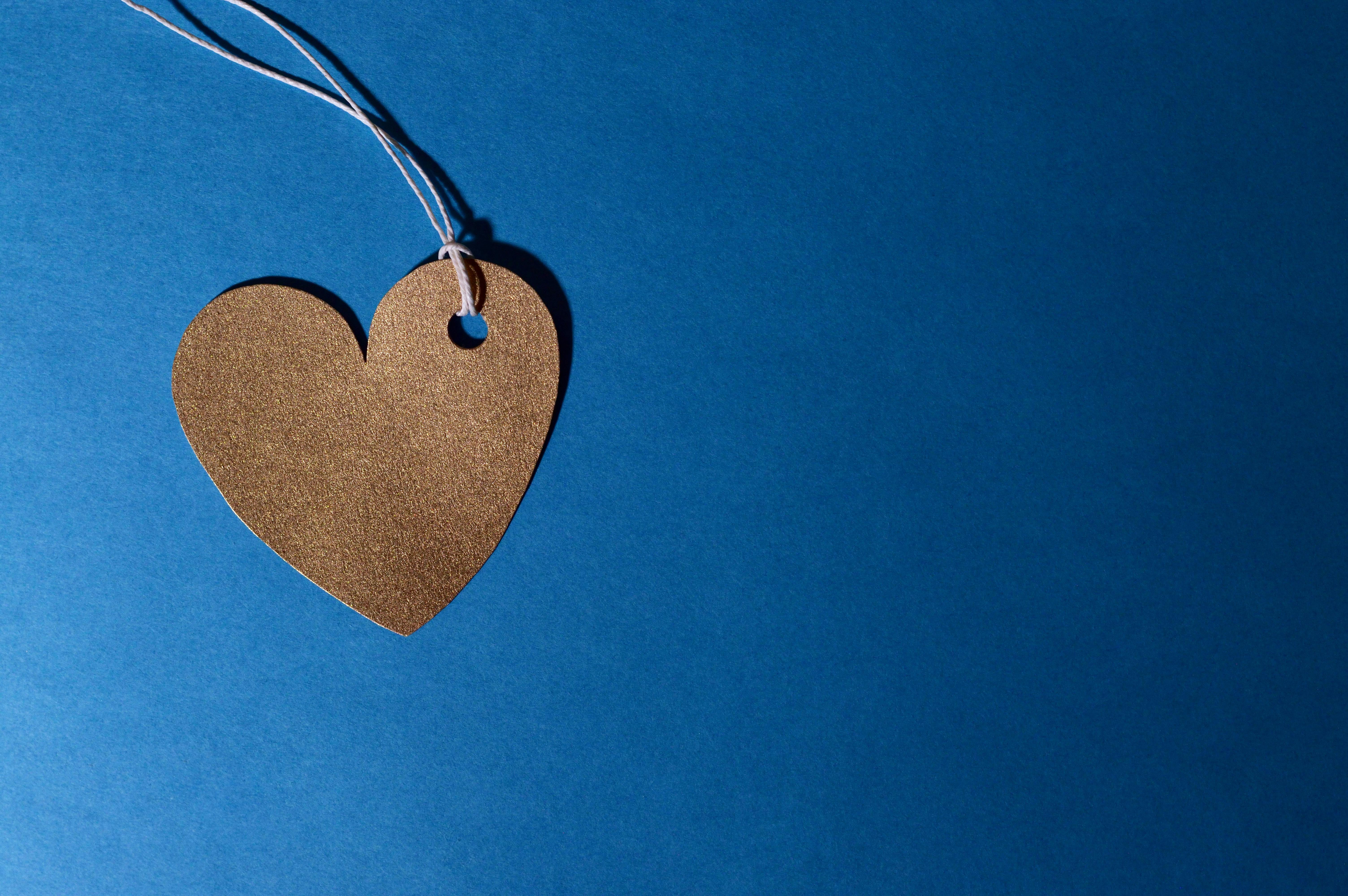There was a time when massage was considered a luxury for a few. Today, everyone looks for the neighborhood spa, especially athletes and professional trainers. A massage is not only considered useful, but also essential to keep the body in shape and at the highest level of performance. Surveys and studies have shown time and again that massage can have tremendous positive effects on the functioning of the body. Athletes can be better treated and rehabilitation can be accelerated.
The positive aspects of body massage are not limited to professional athletes; anyone who practices a regular exercise regimen can take advantage of them. Better performance, prevention of minor injuries, decreased pain, higher concentration, and shorter recovery time are some of the benefits of soft tissue therapy. The following sections provide an essential massage guide for any athlete or exercise enthusiast.
The anatomical benefits of a massage
Two things happen when the body is massaged. First, the pressure of the masseur’s hand and the movement of the same results in a mechanical response in the body. Second, a reflex action occurs because nerve endings are stimulated. The two responses combine to create an effect on the body’s cardiovascular system that leads to the following benefits:
-
Blood vessels dilate, increasing blood circulation and promoting efficiency.
-
Flow to the heart is improved by repeated manual massage which results in a higher level of oxygen in the body. Tissues have better access to nutrients, and the body easily removes waste products and toxins.
-
The heart rate slows, leading to a release of tension and a calmer body.
In addition to the cardiovascular benefits of a massage, an athlete also positively benefits the muscular system.
-
Muscle pain is eliminated and tension is eradicated, leading to faster recovery in athletes.
-
Muscles have more range of motion due to increased flexibility.
-
The previous two combine to strengthen the individual’s performance in competitions and games by building muscles.
Types of massages for athletes
Pain relief, stronger and more flexible muscles and a more natural recovery are the three important benefits of a massage for people who train. But that does not mean that any type of massage therapy provides these results. For athletes and sportspeople, there are a few varieties of treatments that work best:
- Sport massage: Depending on the type of game the athlete plays; sports therapies may differ. Most of them are done at very high speed and include a lot of stretching. The approach to massage can also vary depending on when it is implemented. A pre-workout massage would mainly include stretching that warms up the muscles. A therapy performed after a game would focus on increasing elasticity and reducing pain.
- Deep tissue therapies: This is used when certain sections of the body are causing problems. For example, when the muscles in the knee begin to ache due to constant activity, strong pressure on the muscles and surrounding tissue can help solve the problem. Such massages often leave the person sore because they are designed to remove knots. Eradicating muscle tension and pain requires a lot of pressure.
Therefore, instead of opting for aromatherapy or soft tissue massage, it is better to opt for sports or deep tissue massage.
The right time to schedule massages
The first point to keep in mind is to remember that the results that regular massage can provide can never be compared to just one. Any leading body massage center will recommend scheduling a full massage regimen that works in conjunction with the athlete’s sporting schedule. Therapies are a lot like training. The more regularly you do them, the better the results. Any athlete who wants to take advantage of the cumulative benefits of spas should schedule them in short intervals.
There are two crucial points that should be taken into account when performing massages before or after a game:
-
They are not just for problem solving; they can also be used for preventive measures.
-
The results of therapies can be short-lived, hence the need for a regular massage schedule.
The optimal program for any professional athlete or person who exercises at a high level is once every 7 days. If that is not possible, once every 2 weeks is essential. For others, who do not train as much or have budget constraints, it is recommended twice in 30 days.
A succinct summary
An athlete, hobbyist or skilled athlete, a budding trainer or a lover of exercise, each person can use massage for the maintenance of the body, solving pain points and recovering from injuries. Therapies can become the crucial weapon you need to keep your body in top condition. Massages can not only help you physically, the mental benefits are also immense. They can help you focus better and relax more.



